
Professional Access Point
Administrator Guide
Security - 104
R
ECOMMENDATIONS
IEEE 802.1x mode is a better choice than Static WEP because keys are dynamically generated and
changed periodically. However, the encryption algorithm used is the same as that of Static WEP and is
therefore not as reliable as the more advanced encryption methods such as
TKIP
and
CCMP
(
AES
) used
in
Wi-Fi Protected Access
(
WPA
) or
WPA2
.
Additionally, compatibility issues may be cumbersome because of the variety of authentication methods
supported and the lack of a standard implementation method.
Therefore, IEEE 802.1x mode is not as secure a solution as
Wi-Fi Protected Access
(
WPA
) or
WPA2
.
S
EE
A
LSO
For information on how to configure IEEE 802.1x security mode, see “IEEE 802.1x” on page 114 under
“Configuring Security Settings”.
When to Use WPA/WPA2 Personal (PSK)
Wi-Fi Protected Access 2
(
WPA2
) Personal
Pre-Shared Key
(
PSK
) is an implementation of the Wi-Fi
Alliance IEEE
802.11i
standard, which includes
Advanced Encryption Algorithm
(
AES
),
Counter mode/
CBC-MAC Protocol
(CCMP), and
Temporal Key Integrity Protocol
(
TKIP
) mechanisms. This mode offers
the same encryption algorithms as WPA 2 with RADIUS but without the ability to integrate a RADIUS
server for user authentication.
This security mode is backward compatible for wireless clients that support only the original
WPA
.
Key Management
Encryption Algorithm
User Authentication
IEEE 802.1x provides dynamically-
generated keys that are periodically
refreshed.
There are different
Unicast
keys for
each station.
An
RC4
stream cipher is used to
encrypt the frame body and
cyclic
redundancy checking
(CRC) of each
802.11 frame.
IEEE 802.1x mode supports a vari-
ety of authentication methods, like
certificates, Kerberos, and public
key authentication with a RADIUS
server.
You have a choice of using the Pro-
fessional Access Point embedded
RADIUS server or an external
RADIUS server. The embedded
RADIUS server supports Protected
EAP
(PEAP) and MSCHAP V2.
Key Management
Encryption Algorithms
User Authentication
WPA/WPA2 Personal (PSK) pro-
vides dynamically-generated keys
that are periodically refreshed.
There are different
Unicast
keys for
each station.
•
Temporal Key Integrity Protocol
(
TKIP
)
•
Counter mode/CBC-MAC Proto-
col
(
CCMP
)
Advanced Encryption
Standard
(
AES
)
The use of a Pre-Shared (
PSK
) key
provides user authentication similar
to that of shared keys in
WEP
.
Summary of Contents for Instant802 APSDK
Page 1: ...Professional Access Point Administrator Guide R46 1224 00 rev 2 0 07 06...
Page 2: ......
Page 4: ...Professional Access Point Administrator Guide iv...
Page 8: ...Professional Access Point Administrator Guide viii...
Page 42: ...Professional Access Point Administrator Guide Basic Settings 42...
Page 52: ...Professional Access Point Administrator Guide Access Points 52...
Page 58: ...Professional Access Point Administrator Guide User Management 58...
Page 62: ...Professional Access Point Administrator Guide Sessions 62...
Page 70: ...Professional Access Point Administrator Guide Channel Management 70...
Page 88: ...Professional Access Point Administrator Guide Neighboring Access Points 88...
Page 96: ...Professional Access Point Administrator Guide Ethernet Wired Settings 96...
Page 120: ...Professional Access Point Administrator Guide Security 120...
Page 128: ...Professional Access Point Administrator Guide Virtual Wireless Networks 128...
Page 134: ...Professional Access Point Administrator Guide Radio 134...
Page 138: ...Professional Access Point Administrator Guide MAC Filtering 138...
Page 152: ...Professional Access Point Administrator Guide Quality of Service 152...
Page 160: ...Professional Access Point Administrator Guide Wireless Distribution System 160...
Page 164: ...Professional Access Point Administrator Guide Time Protocol 164...
Page 170: ...Professional Access Point Administrator Guide SNMP 170...
Page 290: ...Professional Access Point Administrator Guide Configuration Troubleshooting 290...
Page 298: ...Professional Access Point Administrator Guide Regulatory Information 298...
Page 328: ...Professional Access Point Administrator Guide Index 328...

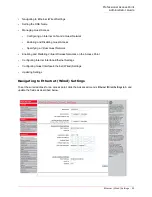
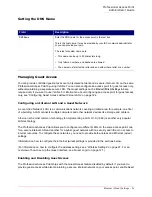
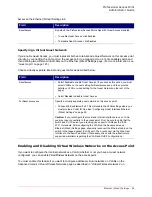
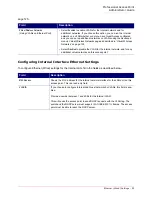
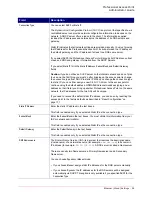


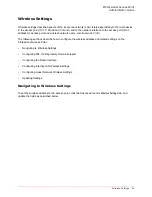
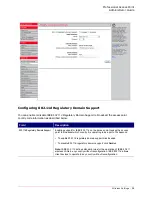
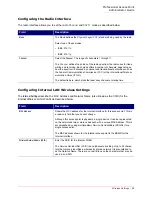
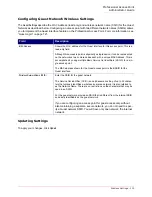
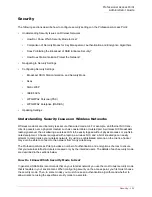
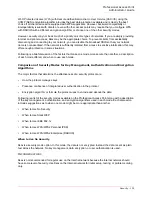
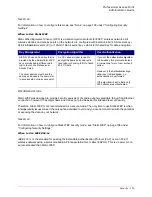
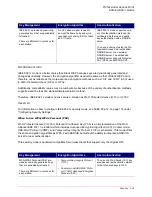
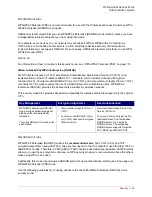
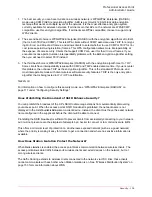
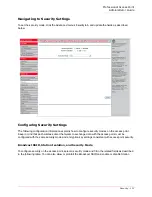
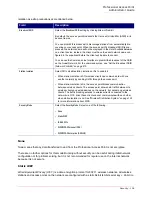
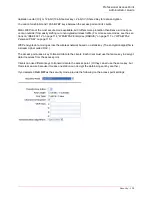
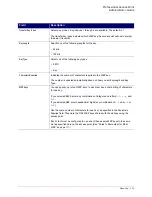
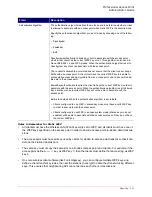
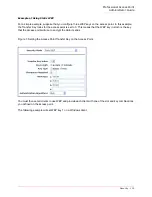
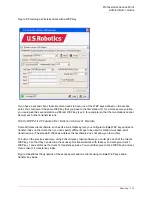
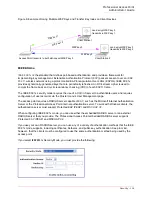
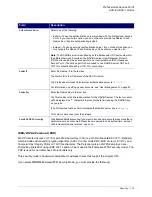
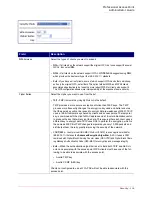
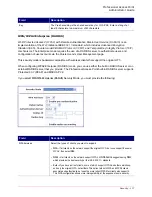
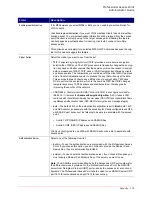
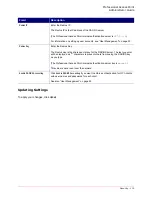











![Pentagram Cerberus [P 6367] Installation And Operation Manual preview](http://thumbs.mh-extra.com/thumbs/pentagram/cerberus-p-6367/cerberus-p-6367_installation-and-operation-manual_1524254-01.webp)





